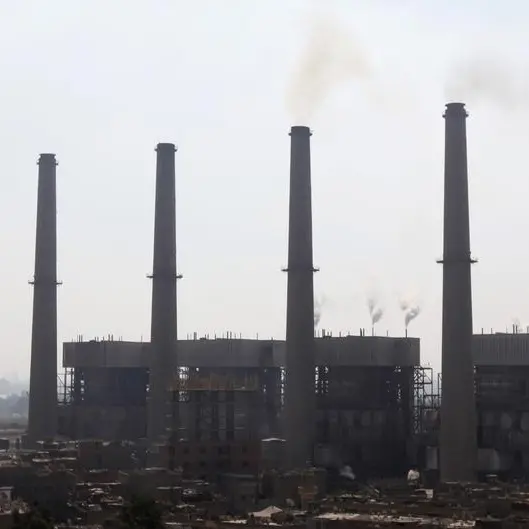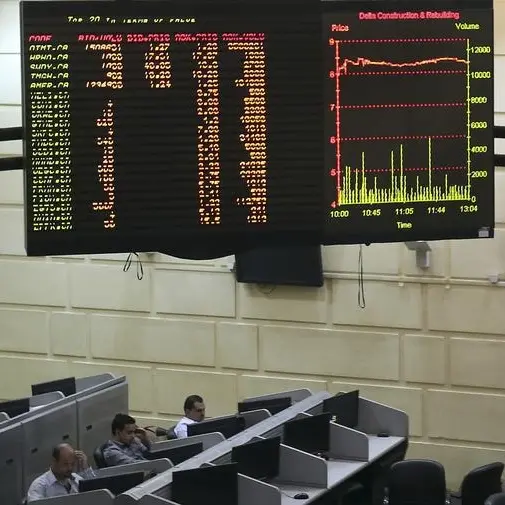PHOTO
(The author is editor-at-large for finance and markets at Reuters News. Any views expressed here are his own)
LONDON - For all the prevailing inflation angst, short-term interest rate volatility and central bank misguidance, long-term bond yields remain serene - thanks in part to a old friend that will be hanging around for a long time.
A lover of bonds when fully funded, pension fund behaviour is often dismissed as a technical issue in the market - but it's hugely influential and may even intensify next year.
Already waves of demand from these funds for long duration bonds have been a major feature of the big conundrum in macro markets this year - why long yields stay so low and yield curves so flat in the face of raging growth and inflation and a tightening of monetary policy.
And the flow is potentially circular across all markets.
As surging stock markets lift still huge defined benefit (DB) pension funds toward fully-funded accounting status, those funds tend to secure the investments in long-term fixed income securities - less for any directional bet or yield play than simply to lock in the funding for retirees in low-risk bonds.
In doing so, they help depress long rates - flattering valuations for so-called long-duration equities such those of Big Tech that feed off lower discount rates on future earnings.
And it helps explain what some felt was a peculiar flattening of benchmark yield curves over the past month as short-term rates surged on central bank hawkishness.
There are myriad other factors at play of course, but the scale of this flow has been spotlighted again by many investment houses over the past week.
Last week pensions consulting firm Milliman released its annual survey of U.S. public pension funds and showed the aggregate funded ratio of the 100 largest pension plans surged to 85% in June of this year from as low as 70.7% a year earlier.
Strikingly, it estimated that the overall funding deficit was below $1 trillion for the first time since 2012 and nearly half the plans were more than 90% funded compared with just 13% last year.
The funded status of the 100 largest U.S. corporate pension funds, meantime, rose to 97% through September.
'HIBERNATION'
Citing the Milliman surveys, strategists at Morgan Stanley point out that as DB plans - where the funds bear the market risk rather than the pensioners - near 100% or above, sponsors typically implement "liability-driven investment" (LDI) strategies that involve cutting equity exposure for long duration bonds.
And the numbers involved here are gigantic. Public pension funds have $9.7 trillion in assets/liabilities, with a whopping $9.3 trillion of that in DB schemes. Corporate pension funds total $12.8 trillion but just $3.7 trillion are DB plans.
Looking deeper, Morgan Stanley points out that corporate DB schemes tend to opt for fixed income over equities whereas public schemes seek alternatives like real estate, commodities and cash.
Crunching the numbers on this $3.7 trillion of corporate DB schemes then, they estimated that if half of these top 100 corporate pension funds were more than 95% funded, at least half the assets - or $1.85 trillion - were earmarked for a "hibernation" strategy.
If equity prices continued to rise through 2022, the "fully funded" status will rise rapidly. So much so that if a third of all U.S. corporate schemes entered "hibernation", that could lead to a $250 billion demand for long-duration fixed income - equivalent to more than half the expected gross new sales of 20 and 30 year Treasuries next year.
"The bottom line Demand for long duration fixed income securities seems likely to continue as long as funded status stays elevated or increases further," Morgan Stanley told clients. "The yield curve will come under further, intermittent flattening pressure."
JPMorgan strategist Nikolaos Panigirtzoglou and team also cite this as one of the key reason for the peculiar flattening of yield curves of late as equities continue to soar to new records and they said this was clear in both U.S. and UK funds.
"Given population aging - and the fact that beneficiaries of the private defined benefit funds are likely older than the general population - this likely increases the structural rebalancing needs which could weigh on long-end yields for some time," JPMorgan's team concluded.
Paul O'Connor, head of multi asset at Janus Henderson, cited "significant pension fund rebalancing" at the end of October after another big month for equity prices was clocked.
And he too suspects this is going to be around for a long time.
"The structural stories at long end have clearly not gone away (and) there is a structural bid for duration," he said.
(The author is editor-at-large for finance and markets at Reuters News. Any views expressed here are his own)
(By Mike Dolan, Twitter: @reutersMikeD; Additional reporting by Sujata Rao Editing by Frances Kerry) ((mike.dolan@thomsonreuters.com; +44 207 542 8488;))












